Editor’s Note: Today we welcome Sam CNB as a new contributor to Riding Gravel. He has a deep knowledge and experience level with dyno, or as it sometimes is called, generator lighting. His entire fleet of several bicycles seems to be sporting those bulbous front hubs. Read on for Sam CNB’s take on this form of lighting for the gravel rider.
Grinded By The Light: Introduction To Dynohub Adventure Lighting- by Sam CNB
Do you like to ride long distances in the dirt? Do you tend to ride into the evening hours or get your start in the early morning (or just ride overnight to avoid the heat of the summer sun)? Do you ride in races, such as Guitar Ted’s Trans Iowa, which require riding overnight? Do you use your gravel bike as your commuter? Are you constantly plagued with problems like forgetting to charge your headlight, or simply forgetting how much charge is left?

One of my favorite additions to a gravel rig (or touring/commuter bike) is the power of light on demand. Rechargeable lights can work well for a few hours, when you remember to charge them or how much charge is left, but they have definite limits. Dynohub lighting provides you with the power to start and end rides regardless of the sun’s schedule, and regardless of how bad your light charging habits might be.
There are a lot of decent lights out there on the market, but in my travels and talks that list has narrowed to the Supernova E3 (Pro or Triple models), the K-Lite system from Australian endurance rider Kerry Staite, and the new-to-the-market Sinewave Cycles Beacon (which I’ve recently reviewed at cyclistnotbiker.com). These lights are the kind of bulletproof units that will stand up to whatever you can dish out, on gravel, mud, single track, or cruddy winter commutes.

Dyno hubs are in the same boat, there are a few decent low cost offerings like the Shimano Alfine/Nexus line, but in adventure cycling it comes down to two choices: Shutter Precision (SP) or Schmidt’s SON28 line. SP is a Chinese made, very affordable, and used by some of the biggest names in endurance racing (part of this popularity is due to SP being first to market with a 15mm through axle Dyno hub, so that’s what people started using). My gold standard is the Schmidt Son28 15TA, made in Germany. I run this on my Fargo, my Colossal, and my Twin Six Standard Rando, our Co-Motion Java tandem, and use the quick release models on my touring bike, my single speed commuter, my beloved Bianchi San Jose single speed gravel bike, and my Surly Big Dummy. My wheel builder has joked about naming a wing of his shop after me… I may have a problem.
So through all of these Son28 hubs I have never had one problem, but they are at least double the price of the SP. Both are amazing units, and put out similar power. The main difference, beside country of origin, is the wiring at the hub. The SP has a proprietary plastic plug which does a decent job of hiding the connection from the elements, Schmidt uses an old fashioned clip system. They both work fine.
As you see, there are some important factors to consider, like cost, what level of light/USB charger/hub is right for you, and how to answer ridiculous questions from your non-dyno equipped friends like “doesn’t that add a lot of drag?” The following very professional looking bullet pointed items should help you as you consider delving into the deep waters of Dyno Lighting.
Major Factors
-

Lighting head units can range quite a bit in style and price, be mounted in several ways, and may also be grouped with charging units. How Much Will This Cost: It’s an investment. You’re looking at a the minimum a front wheel build and a light unit. How many times have you been stuck somewhere with a dead light, or have avoided starting a ride because you forgot to charge? Maybe I’m the only one that’s bad at charging things. How much is not worrying about your light source worth to you?
- To Charge Or Not To Charge: USB charging is fantastic when you are on a long or multi-day ride. During the day I plug in my Garmin, extending its usable time exponentially, then at night flip a switch and power goes to the light. You can also charge a cache battery which will keep all of your electronics topped off during your trip. (I carry two cache batteries on long distances in order to rotate charge/discharge duties.
- Light Beam Shape: Symmetrical light beam is preferred. Many touring and “commuter” lights have a beam made to focus on the ground and directly ahead, but cut off the top end of the beam pattern so that it doesn’t shine too brightly in the eyes of oncoming traffic or pedestrians. For night riding on gravel roads or single/double track, this isn’t of much concern. Symmetrical beams give you better light spread, and allow the light to be mounted upside down in some applications (check with the manufacturer’s suggestions as some units may not be weatherproof when mounted in this manner.
- Internal Wire Routing: Some adventure bike manufacturers such as the Salsa Cycles and Rodeo Labs now have bikes and aftermarket forks with internal dynamo wiring routing on their forks. This keeps wires out of the way of rocks, brush, small woodland creatures, etc. If you are building or buying a new bike, it’s worth looking at some of these options.
- Mounting The Light: Definitely a personal preference call, and something that I will cover in more detail in the future, and my preference is on the handlebars or fork crown. Mounting on the fork crown is the standard, and most steel forks have this as an option. When you get into carbon forks, the crown mounting options are severely truncated. The newest Salsa Cutthroat and Firestarter Carbon, and Rodeo Labs Rodeo Spork forks have crown mounting options, as does the fork on the Specialized
- The Myth Of Drag: The amount of drag in modern dyno hubs is negligible, but the myth of added drag slowing you down is still perpetuated by a few non-believers out there on the dusty trail. Peter White has written a great piece on generator hub drag, you should read it for reference, but look at it this way, YOU ARE RIDING GRAVEL. If you were that concerned with going a fraction of a mph faster, you’d be a roadie. I rest my case.
Hopefully this introduction has provided a solid uh…introduction to using your legs to make light and power out on the rocky roads. We will be going into more detail in some of these factors in the future, please leave comments and questions to guide the information that will be covered!
Sam
CNB
Sam likes to get dusty, icy, muddy, wet, and sweaty for as long as possible… all in the name of turning pedals. He is a veteran of Trans Iowa, CIRREM, and a team member of Guitar Ted’s in the Bike Iowa Gent’s Race. In 2018 he will be racing in the 24 Hours of Cumming (also with GT), Gravel Worlds, and Spotted Horse Gravel Ultra in addition to the Central Iowa Spring Gravel Series and various Rando/Bikepacking/Touring trips. His love of endurance gravel cycling and getting rad with the sickest gear bring him to us here at ridinggravel.com.
In addition to being a life long cyclist, Sam is also the chef/creator/owner of Tacopocalypse and Krunkwich Ramen House restaurants in Des Moines, IA, and has been featured regularly on Food Network’s Diners, Drive Ins, and Dives, and Guy’s Grocery Games. He also chronicles his own bike exploits at the cyclistnotbiker.com blog, and gets a little rowdy about eating plant based (yes, he’s a Vegan Cyclist) at his food blog, thevulgarvegan.com



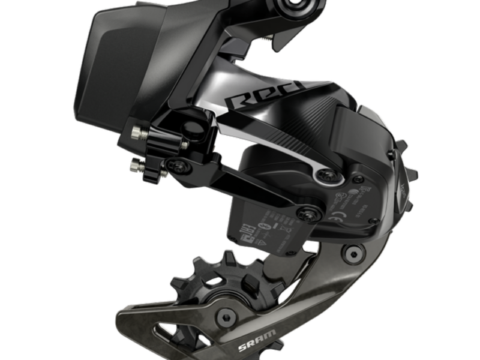


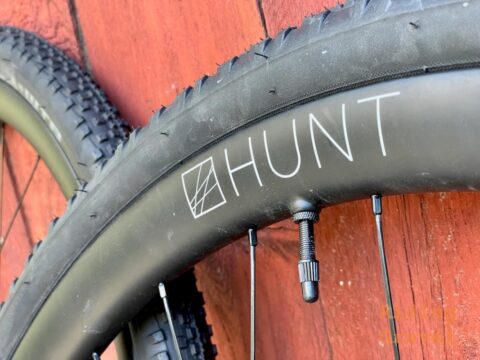
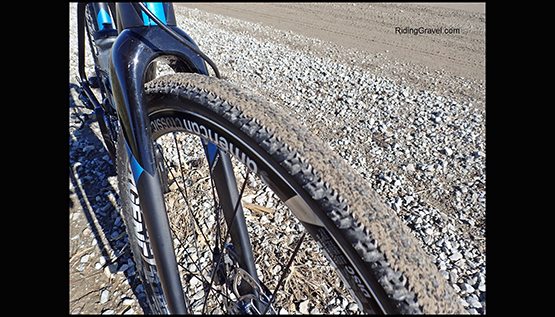
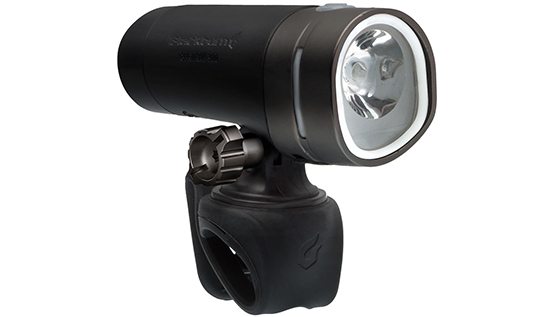
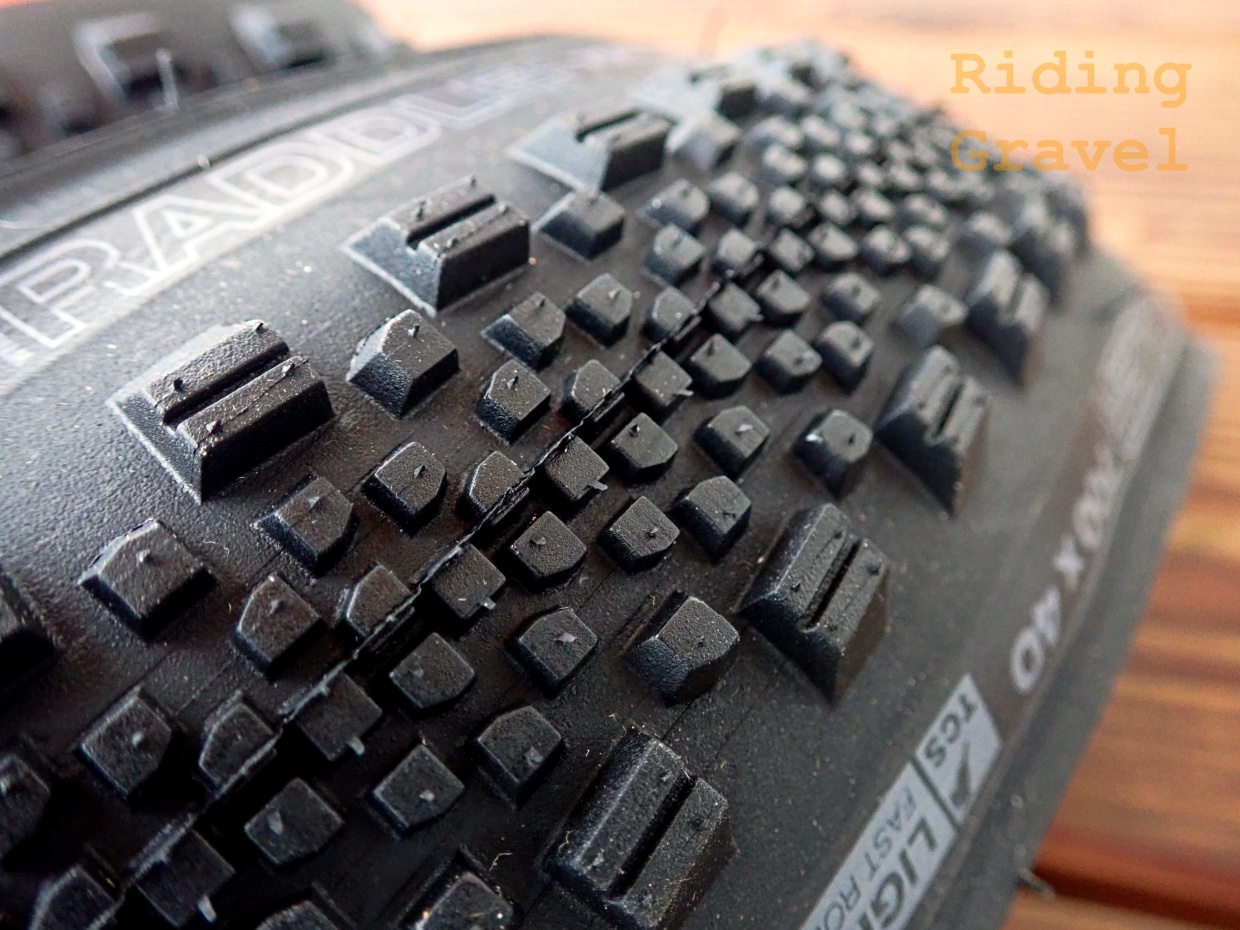
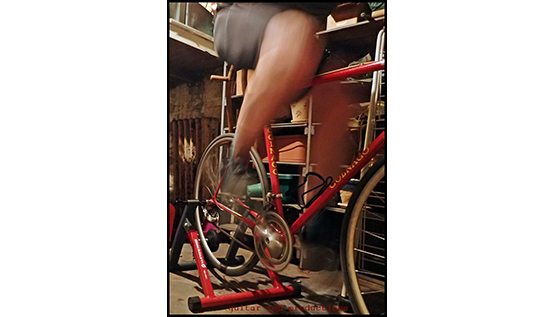

What voltage do dynamos output? Is it 5 volts so you can charge electronics directly or does it have to be stepped down?
the SP connector is common with Shimano hubs, and can be purchased on popular online stores for $7. I would hardly call it proprietary.
I saw the light 🙂 two years ago. Now my Gravel Bike/commuter and my Bikepacking/commuter are running dyno lights.
When I ride one of my other bikes I wish they had them too.
Like you, I run Dynamo’s on almost all my bikes. I only have one SON, but several SP’s and a half dozen Shimano’s. My major Concern with the Non-Thru axle SP’s is Ruggedness. I haven’t had issue one with any of mine, but I might worry about them on a Mountain bike, where-as I feel pretty confident that the German Son hubs would be OK offroad. What’s your feeling on that?
I do wish that there was more standardization in the rating Process for lights, Most of the German lights are rated in LUX except the Super Nova which I could only find a Lumen rating for. Asian lights are 50/50 as for which rating they use, but typically Lumens again. Because the two systems are vastly different, it’s hard to get a good feel for how different lights stack up! I had been running a couple different BM lights and I was quite satisfied with their output, but when I got the Super Nova I expected it to be way brighter. having used it now for a while I am not sure if it is or not?
Thanks for this article. I have recently converted to dynamo lighting (as I was caught out too often having forgotten to charge the lights) and won’t go back.
One thing I have to disagree with, though, and that’s beam shape. I compared the (German road legal) cut off beam of the SON Edelux 2 with a symmetric beam of an Exposure 1200 lumen light and the Edelux 2 puts out more useful light with a better throw than the Exposure, even though the total light output is lot lower. Since we are limited to about 600 (maybe 800 at >25mph) lumens output (due to the power limit on the hub), I much prefer the shaped beams, as they put the light where it’s needed – a symmetric beam will waste about 40% of precious photons. Furthermore the beam shaping will put the brightest spot further forward, so won’t spoil your vision with a very bright spot closer to your wheel (which will mean your eyes adapt to that near field and you won’t see as much beyond 20-30 feet).
So for roads and gravel roads I’d prefer the shaped beam.
Downside of shaped beams on single-track: You won’t see low branches! But I found that with any handlebar mounted light, regardless of beam shape, I want a helmet mounted light to fill in the darks spots going round corners – which will show the branches as well.